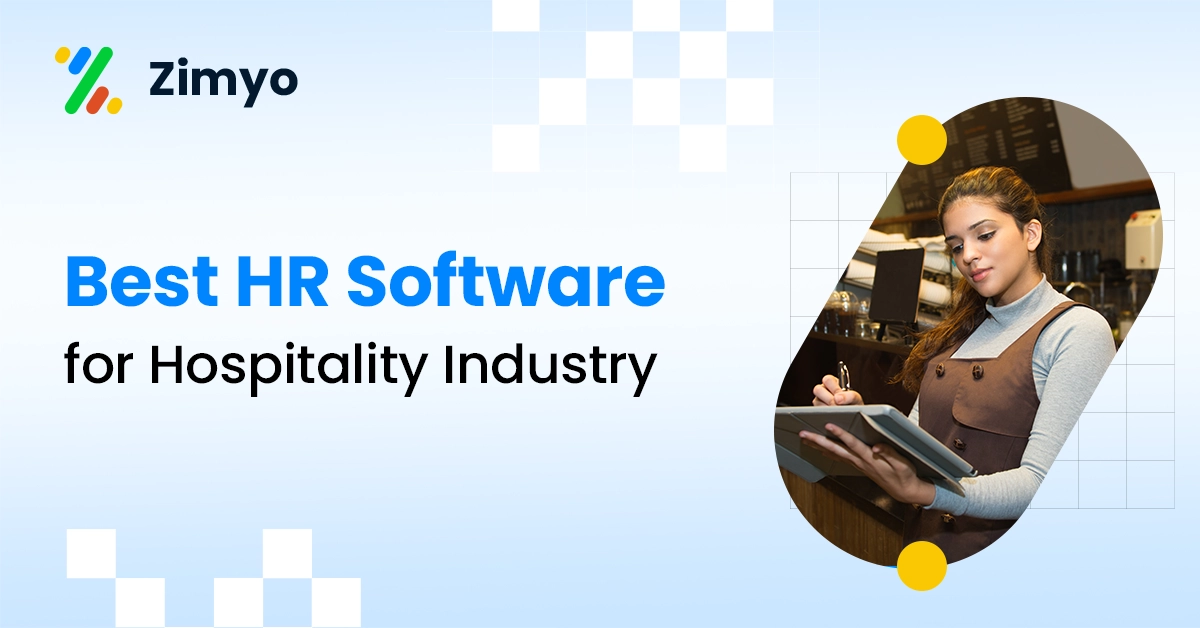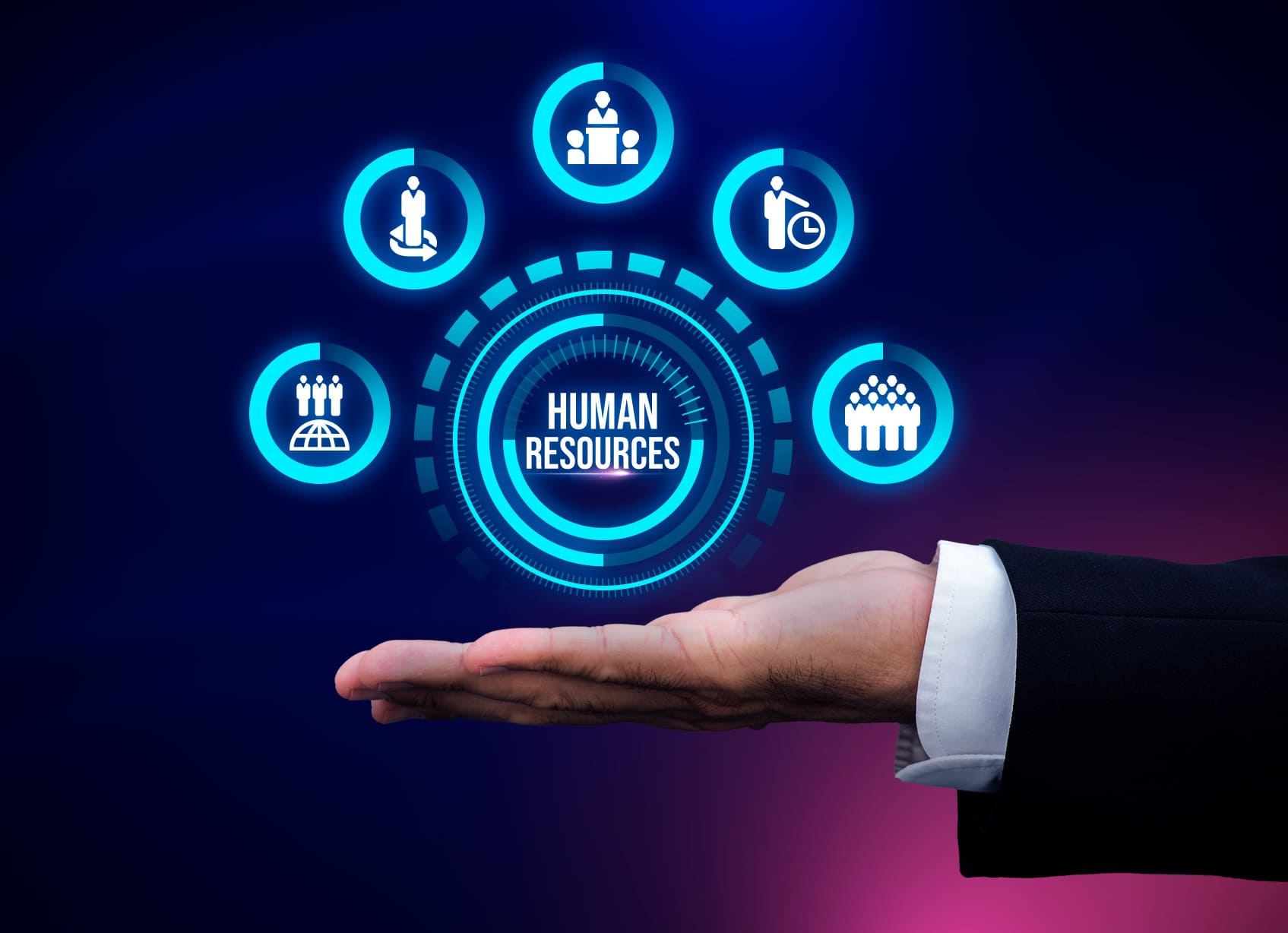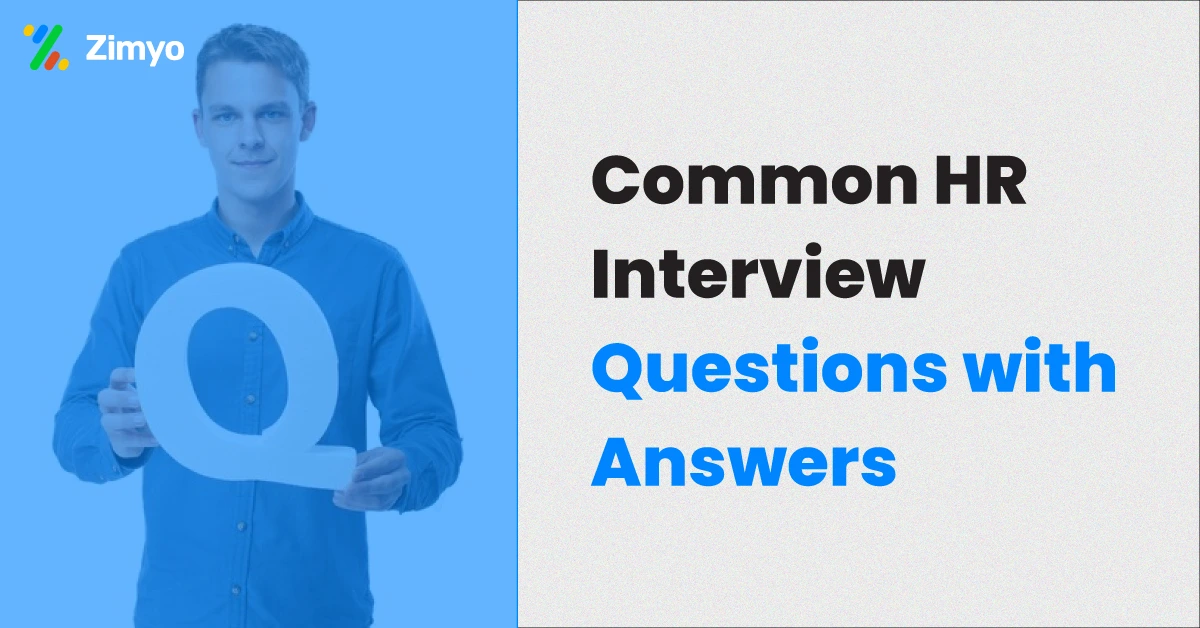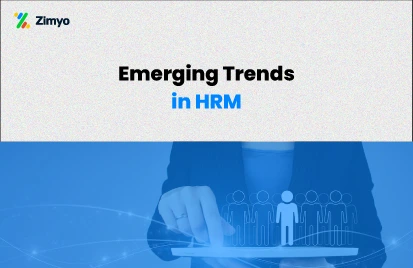Onboarding new employees can be challenging, but it’s crucial for setting the tone of their journey in your organization. Do you often wonder how to make this process smoother, more efficient, and engaging? The answer lies in HRMS—Human Resource Management System.
In this blog, we’ll walk you through how an HRMS can simplify the onboarding process in your company. We’ll explore the benefits, the features, and the best practices to get you started on the right foot. By the end, you’ll understand how this powerful tool can help you onboard new hires seamlessly and effectively. So, let’s dive in!
Understanding the Onboarding Process
First, what exactly is onboarding? It’s more than just paperwork. Onboarding is the process of integrating a new employee into your organization. It involves everything from the initial job offer to the point where the new hire becomes a productive member of the team. This process includes orientation, training, and familiarization with company culture.
So, why is onboarding so important? Simply put, it sets the foundation for your new employees’ success. A well-structured onboarding process leads to higher engagement, better performance, and lower turnover rates. But, let’s be honest, traditional onboarding can be cumbersome. That’s where an HRMS comes in.
How HRMS Transforms Onboarding
Now, let’s talk about HRMS. How can it transform your onboarding process? HRMS integrates various HR functions—like payroll, recruitment, and performance management—into one platform. It simplifies tasks and automates processes, making onboarding more efficient.
Why Choose HRMS for Onboarding?
So, why should you choose HRMS for onboarding? Here’s why:
- Streamlined Processes: HRMS automates administrative tasks, reducing manual work. This streamlining allows HR to focus on more strategic activities.
- Improved Efficiency: With a proficient HRMS, tasks that once took days can now be completed in hours or even minutes.
- Better Engagement: HRMS helps create a more engaging onboarding experience with personalized communication and resources.
- Compliance: HRMS ensures that all onboarding tasks comply with legal and organizational requirements.
- Performance Tracking: HRMS allows you to track your new hires’ progress and performance from day one.
Key Features of HRMS for Onboarding

But, what exactly does HRMS offer? Let’s break down some of the key features:
1. Automated Paperwork
First, HRMS automates paperwork. New employees can fill out forms, sign documents, and submit them—all online. No more chasing paper trails or filing cabinets. Everything is stored securely in the cloud.
2. Task Management
Next, HRMS provides task management tools. You can create a checklist for new hires, assign tasks, and set deadlines. The system sends reminders, ensuring nothing slips through the cracks.
3. Orientation and Training
Moreover, HRMS streamlines orientation and training. You can upload training materials, schedule sessions, and track completion. New hires can access everything they need in one place.
4. Employee Self-Service
Additionally, HRMS empowers employees with self-service options. New hires can access their information, update personal details, and track their progress. This autonomy reduces the burden on HR and brings about a sense of ownership among employees.
5. Communication Tools
Finally, HRMS offers communication tools. You can send welcome messages, share company news, and facilitate introductions. This engagement helps new hires feel connected from day one.
The Benefits of Using HRMS in Onboarding
So, what are the benefits of using HRMS in your onboarding process? Let’s explore.
1. Time Savings
Firstly, HRMS saves time. By automating routine tasks, HRMS frees up time for you to focus on more strategic activities. Imagine how much more you could accomplish with those extra hours.
2. Cost Efficiency
Secondly, HRMS is cost-efficient. Reducing paperwork, eliminating errors, and streamlining processes can lead to significant cost savings. Over time, these savings add up, making HRMS a smart investment.
3. Consistency
Thirdly, HRMS ensures consistency. Every new hire goes through the same onboarding process, ensuring no one is left behind. This consistency helps maintain high standards across the board.
4. Enhanced Employee Experience
Next, HRMS enhances the employee experience. New hires feel more engaged and supported, leading to higher job satisfaction. And, as we know, happy employees are more productive.
5. Data Security and Compliance
Furthermore, HRMS enhances data security and compliance. All documents are stored securely, and HRMS helps you adhere to legal requirements. This compliance protects your organization from potential legal issues.
6. Performance Monitoring
Finally, HRMS helps monitor performance. You can track new hires’ progress and address any issues early on. This proactive approach ensures that new employees get the support they need to succeed.
Best Practices for Implementing HRMS in Onboarding
Are you ready to implement HRMS in your onboarding process? Here are some best practices to help you get started.
1. Assess Your Current Process
First, assess your current onboarding process. Identify the pain points and areas for improvement. This assessment will help you understand how and HRMS can address your specific needs.
2. Choose the Right HRMS
Next, choose the right HRMS. Not all HRMS platforms are created equal. Look for the one that has features you need and integrates with your existing systems.
3. Customize Your Onboarding Workflow
Then, customize your onboarding workflow. An effective HRMS allows you to customize the process to your organization’s needs. Use this flexibility to create an easier experience for your new hires.
4. Train Your HR Team
Moreover, train your HR team. Make sure they are comfortable using the HRMS platform. This training ensures that the transition to HRMS is smooth and effective.
5. Communicate with New Hires
Furthermore, communicate with new hires. Let them know what to expect from the onboarding process. Clear communication helps set expectations and reduces anxiety.
6. Monitor and Adjust
Finally, monitor and adjust. Keep an eye on the onboarding process and make adjustments as needed. Continuous improvement ensures that your onboarding process remains effective.
Real-Life Examples of HRMS in Action
Let’s take a look at some real-life examples of how HRMS has transformed onboarding for organizations.
1) Tech Start-Up
Consider a tech start-up that was struggling with manual onboarding. The process was time-consuming and prone to errors. After implementing HRMS, they saw a significant improvement. Hence, the onboarding process became faster, more accurate, and more engaging. As a result, new hires were able to hit the ground running.
2) Retail Chain
Next, think about a retail chain with multiple locations. They needed a consistent onboarding process across all stores. With HRMS, they were able to standardize the process. Thus, ensuring that every new hire received the same high-quality onboarding experience. This consistency led to improved performance and higher employee retention rates.
3) Financial Services Firm
Finally, consider a financial services firm that wanted to be compliant with laws during onboarding. With HRMS, they were able to automate compliance checks and securely store all necessary documents. Thereby, this automation not only saved time but also ensured that they met all regulatory requirements.
HRMS and the Future of Onboarding
So, what does the future hold for onboarding and HRMS? Well, the possibilities are endless. As technology continues to evolve, HRMS will become even more powerful. We can expect to see more advanced features. Such as AI-driven insights and virtual onboarding experiences.
But one thing is certain: HRMS will continue to play a critical role in onboarding. It will help organizations streamline processes, improve engagement, and drive performance. And in doing so, it will help you build a stronger, more productive workforce.
Conclusion
In short, HRMS is the best solution for efficient onboarding. It simplifies the process, enhances the employee experience, and drives organizational success. By automating routine tasks, HRMS allows you to focus on what really matters: engaging and supporting your new hires.
So, are you ready to take your onboarding process to the next level? With an HRMS, you can! So, it’s time to embrace the future of onboarding and give your new employees the head start they deserve. After all, a great start leads to great results.
Frequently Asked Questions (FAQs)
What is HRMS?
The full form of HRMS is Human Resource Management System. It is a technical online platform built as an efficient software system. Its speciality is that it can integrate a lot of HR processes and functions onto a single platform. These functionalities may include: payroll, recruitment, and performance management and many others.
How does HRMS improve the onboarding process?
Improving the onboarding process is among the most proficient specialties of a typical HRMS platform. It can automate routine tasks, provide consistency, and cause betterment of the employee experience. Therefore, it helps align all HR processes really well through technology. Thus, reducing errors, and saving time.
What does the future hold for HRMS and onboarding?
The future of HRMS and onboarding is bright, with advancements in technology leading to even more powerful tools and features. HRMS will always surely have a major role in onboarding processes and gearing up the overall employee engagement.








